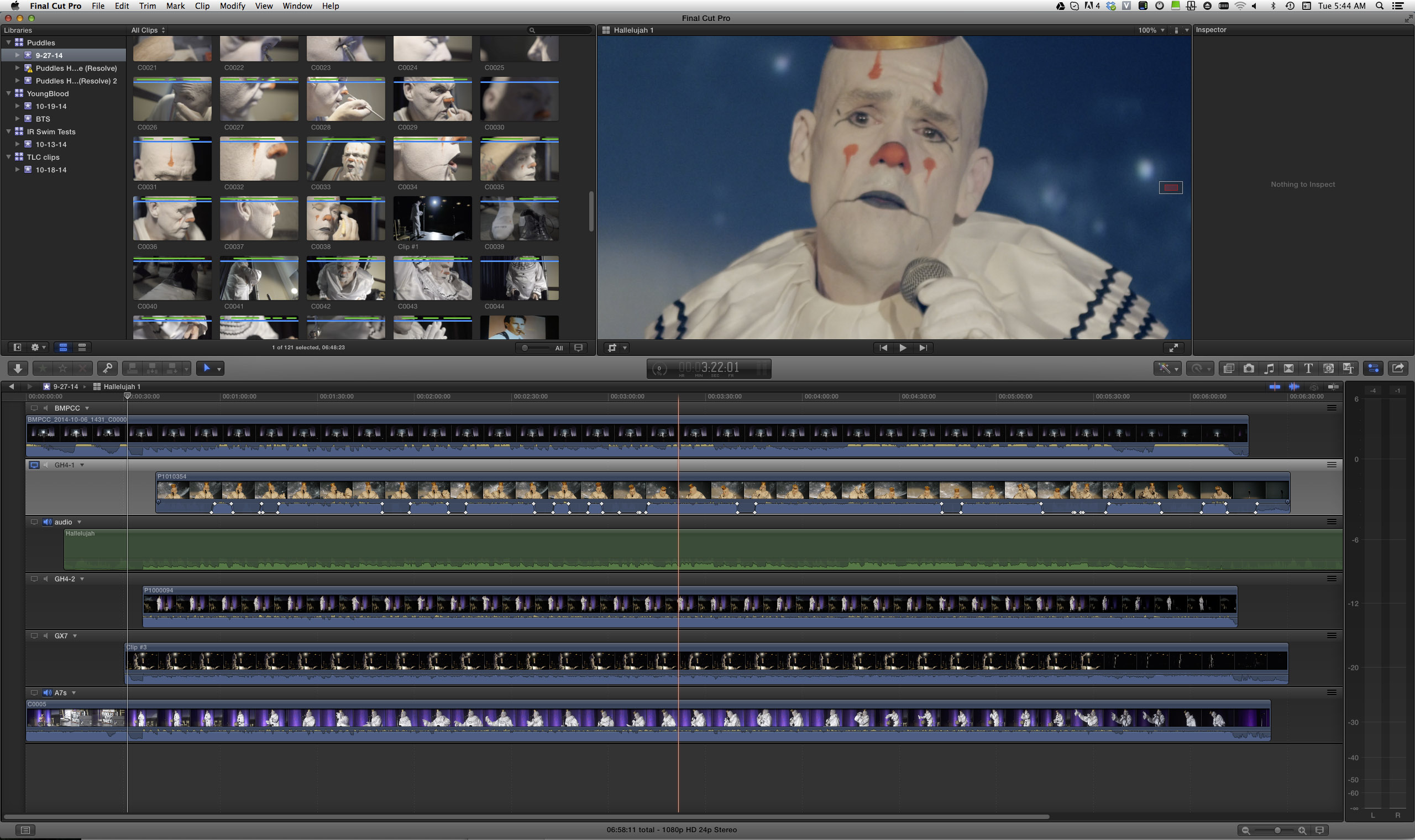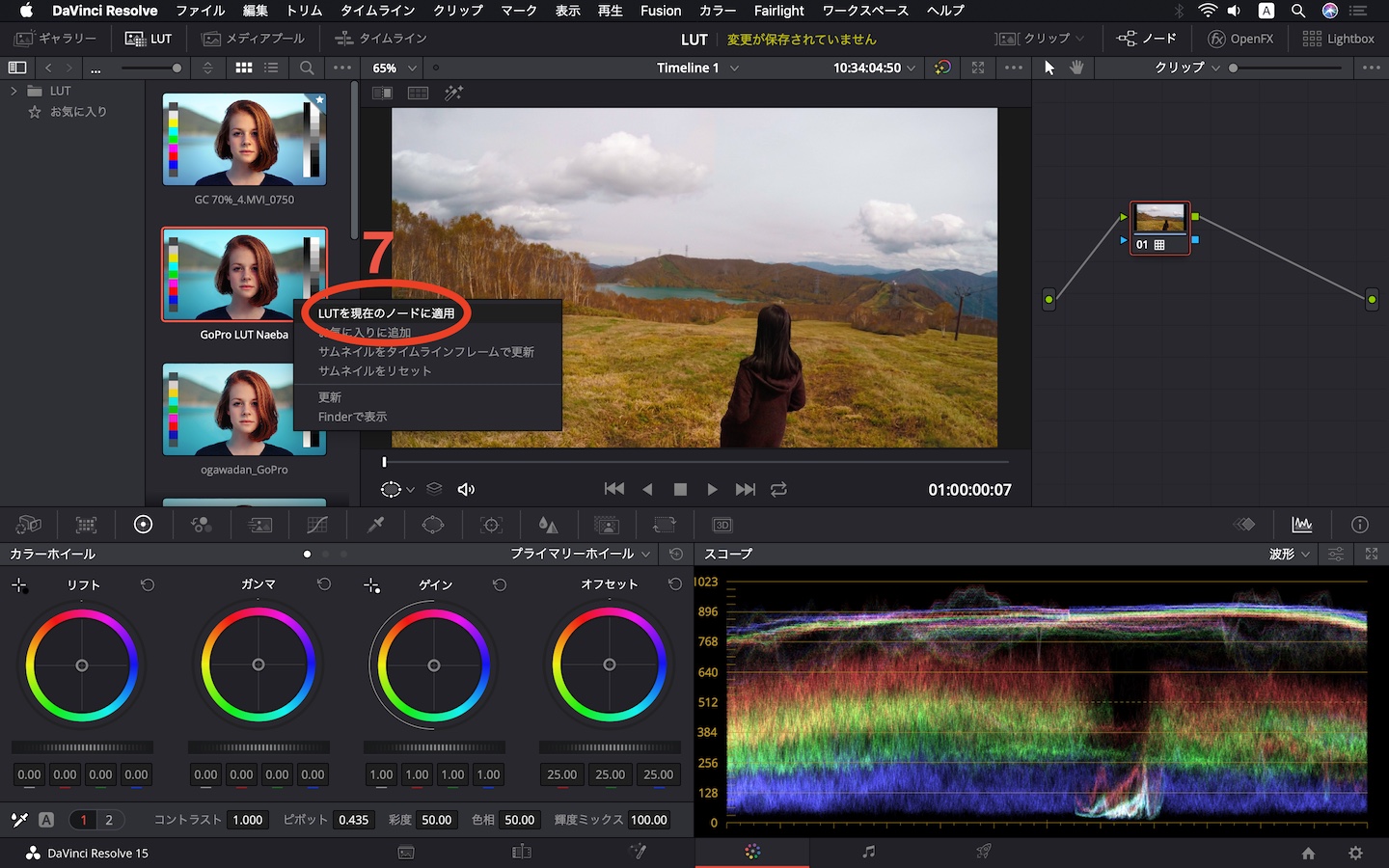

To illustrate this we can look at the waveform when we add red and subtract green to a grey-scale image. This way, we stay true to the way the original image was shot, and the result can be very clean and cinematic. One of the reasons for its popularity is that printer points move the signal in its entirety and alter the entire tonal range in the image. In digital grading, printer points are still very popular and common corrections for setting the primary balance, but also for creating looks. The three colors were then recombined back into full spectrum light and output to the film.


These were metal vanes that opened and closed in precise increments to allow the exact amount of light through to replicate the exact value for each light point. The systems used a series of dichroic filters that split the light into red, green, and blue, and each color then passed through 'light valves'.

Printer points were mechanical adjustments that affected the color balance and brightness of film before the digital age, and the technical process was done by a color timer. Lesson 13: New color space aware tools and HDR paletteĪ free version of DaVinci Resolve or DaVinci Resolve studio Lesson 11: Adding LUTS and using opencolorIO Lesson 10: Adding color transforms in resolve Lesson 07: Using RCM Resolve color management Lesson 05: Matching cameras with an OFX plugin Lesson 04: Mixing Camera footage in display referred Lesson 03: Display referred space and LUTS Lee is a world-renowned expert in the video effects field, and has written several popular high-end software books, and taught at the Gnomon School of Visual Effects in Hollywood. Lee Lanier has created visual effects on numerous features films for Walt Disney Studios and PDI/DreamWorks. The DCTL that comes with the project files is created with a tool called Resolve Math Extra (OFX) developed by Paul Dore. The DaVinci Resolve project files and footage are available for download so that you can easily follow along. In this training series you will learn to work with both display-referred and scene-referred management including ACES, matching camera profiles with color space transforms and DCTLs, how to set up your projects for multiple color space outputs, everything about RED IPP2 and RAW workflow, how to use the Gamut tool, LUTs, CSTs and OpenColorIO in Fusion, and much more. This is an intermediate course for colorists and visual effects artists taught by our instructor Lee Lanier. We continue our DaVinci Resolve 17 training with a new high-end course in Color Management Workflow.


 0 kommentar(er)
0 kommentar(er)
